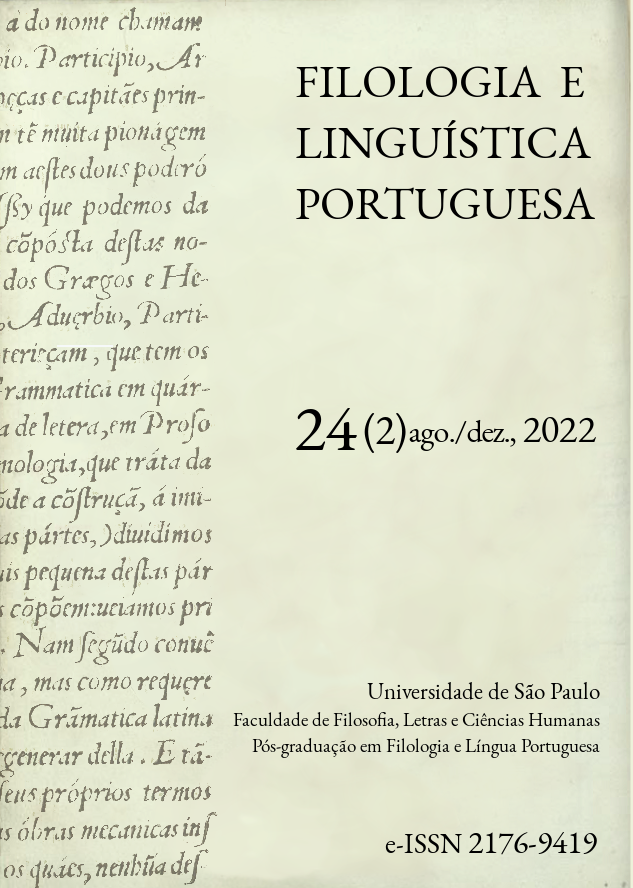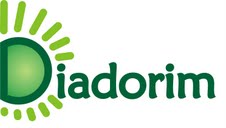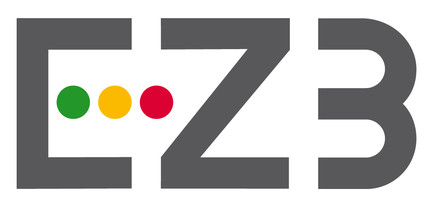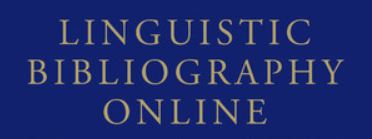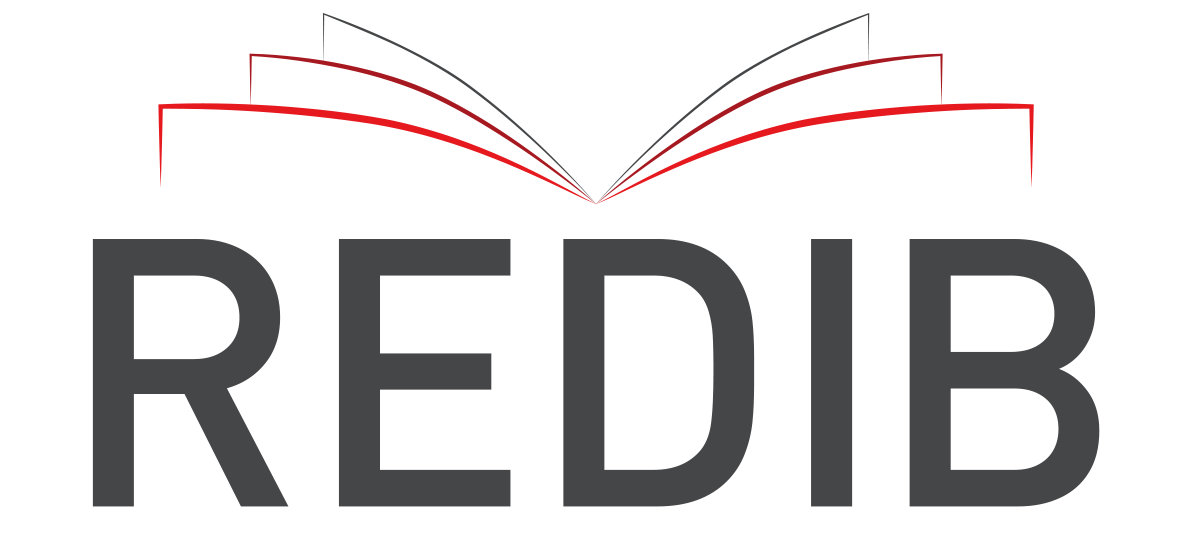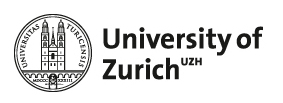Construction of meaning mediated by comics in the class of Portuguese as a Heritage Language
DOI:
https://doi.org/10.11606/issn.2176-9419.v24i2p245-264Keywords:
PHL teaching-learning, Construction of meaning, ComicsAbstract
In this paper, the role of socialization in language use (Duff; Talmy, 2011) for language development from conceptual integration (Fauconnier; Turner, 2002) is discussed. To this end, we qualitatively analyze a practice carried out with a student of heritage language Portuguese in a French private course The class contemplates the exploration of a comic book of the character Papa-Capim (Maurício de Sousa) and propitiates the oral co-construction of a narrative (Bruner, 1991) in HL. The iconic language of the comic and the conversational state established by the teacher provide clues for the activation of Idealized Cognitive Models (Lakoff, 1987) that structure the conceptual integration process that creates new meanings in HL. The results reveal that, in addition to the verbo-visual clues, the comics provide an opportunity for linguistic exposure and the development of discursive, linguistic, and cultural aspects. The pedagogical practice also favored the realization of intratextual and extratextual inferences in HL, based on the knowledge available in the student's long-term memory (Ackerman, 1988; Cain; Oakhill; Bryant, 2000; Oliveira, 2014).
Downloads
References
Acevedo J. Como fazer histórias em quadrinhos. Ferreira SN, tradutor. São Paulo: Global; 1990.
Ackerman PB. Reason inferences in the story comprehension of children and adults. Child development. 1988;59(5):1426-1442.
Azevedo-Gomes J. Português como língua de herança em um contexto de línguas românicas: estratégias comunicativas e diretrizes didáticas. Domínios da lingu@gem. 2020;15(3):1-26.
Azevedo AMT. Estrutura narrativa e espaços mentais. Belo horizonte: Faculdade de letras da UFMG; 2006.
Barbosa P, Flores C. Clíticos no português de herança de emigrantes bilíngues de segunda geração. In: Textos selecionados, 26.º Encontro da Associação Portuguesa de Linguística; 2011. Disponível em: https://repositorium.sdum.uminho.pt/bitstream/1822/14098/1/Barbosa_Flores_vers%C3%A3o%20publicada.pdf.
Bruner J. A construção narrativa da realidade. Netto WF, tradutor. Critical inquiry. 1991;18(1):1-21.
Cain K, Oakhill J, Bryant P. Children’s reading comprehension ability: concurrent prediction by working memory, verbal ability, and component skills. Journal of educational psychology. 2004;96(1):31-42.
Caldeira B. Histórias em quadrinhos no ensino-aprendizagem do português como língua de herança [dissertação]. Rio de janeiro: Instituto de Letras, Universidade do Estado do Rio de Janeiro; 2021.
Carreira M. Teaching heritage language learners: a study of program profiles, practices, and needs. In: Trifonas P, Aravossitas T, organizadores. Rethinking heritage language education. Cambridge: Cambridge University Press; 2014. p. 20-44.
Chevalier J. Heritage language literacy: theory and practice. Heritage Language Journal. 2004;2(1):26-44 [internet]. [citado 14 dez. 2019]. Disponível em: https://international.ucla.edu/africa/article/14647.
Cummins J. Heritage language education: a literature review. Toronto: Ministry of Education; 1983.
Dell’Isola RLP. Leitura: inferências e contexto sociocultural. Belo horizonte: Formato Editorial; 2001.
Diesel A, et al. Os princípios das metodologias ativas de ensino: uma abordagem teórica. Thema. 2017;14(1):268-288 [internet]. [citado 24 out. 2020]. Disponível em: http://dx.doi.org/10.15536/thema.14.2017.268 288.404.
Duff P. Transnationalism, multilingualism, and identity. Annual review of applied linguistics. 2015;35: 57-80.
Duff P, Talmy S. Language socialization approaches to second language acquisition: social, cultural, and linguistic development in additional languages. In: Atkinson D, organizador. Alternative approaches to second language acquisition. New York: Routledge; 2011. p. 95-116.
Ellis R. Second language acquisition. Oxford University Press; 1997.
Fauconnier G. Mappings in thought and language. Cambridge University Press; 1997.
Fauconnier G, Turner M. The way we think: conceptual blending and the mind’s hidden complexities. New York: Basics Books; 2002.
Ferrari L. Introdução à linguística cognitiva. São Paulo: Contexto; 2014.
Fonseca V. Importância das emoções na aprendizagem: uma abordagem neuropsicopedagógica. Revista Psicopedagogia. 2016;33(102):365-384.
Jefferson G. Issues in the transcription of naturally-occurring talk: caricature versus capturing pronunciational particulars. Tilburg University: Department of Language and Linguistics; 1983.
Johnson M. The body in the mind: the bodily basis of meaning, imagination and reason. Chicago: Chicago University Press; 1987.
Kagan O. Teaching heritage languages: an online workshop UCLA; 2009 [internet]. [citado 20 mar. 2020]. Disponível em: http://startalk.nhlrc.ucla.edu/default_startalk.aspx.
Kagan O, Carreira M. The results of the national heritage language survey: implications for teaching, curriculum design, and professional development. Foreign Language Annals.; 2011;75(1):40-64 [internet]. [citado 12 jan. 2020]. Disponível em: http://dx.doi.org/10.1111/j.1944- 9720.2010.01118.x.
Kendeou P, et al. Cognitive view of reading comprehension: implications for reading difficulties. Learning disabilities research and practice. 2014;29(1):10–16 [internet]. [citado 8 out. 2020]. Disponível em: https://onlinelibrary.wiley.com/doi/abs/10.1111/ldrp.12025.
Lakoff G. Women, fire and dangerous things. What categories reveal about the mind. Chicago: Chicago University Press; 1987.
Lakoff G, Johnson M. Metaphors we live by. Chicago: University of Chicago Press; 1980.
Lightbown P, Spada N. Focus-on-form and corrective feedback in communicative language teaching: effects on second language learning. Studies in second language acquisition. 1990;12:429-448.
Littlemore J. Applying cognitive linguistics to second language learning and teaching. UK: Palgrave Macmillian; 2015.
Moran J. Mudando a educação com metodologias ativas. In: Souza CA, Morales OET, organizadores. Convergências midiáticas, educação e cidadania: aproximações jovens. 2015. p. 15-33 [internet]. [citado 24 out. 2020] Disponível em: http://uepgfocafoto.wordpress.com.
Oliveira RM. Abordagem cognitiva da compreensão leitora: implicações para a educação e prática clínica. Interação em psicologia. 2014;18(3):381-390.
Polinsky M, Kagan O. Heritage languages: in the ‘wild’ and in the classroom. Language and linguistics compass. 2007;1(5):368-395.
Ramos APM. Esquemas-imagéticos e o processo de mesclagem no gênero “tirinhas”: implicações e aplicações pedagógicas para o processo de leitura em língua materna. In: Saliés TMG, Shepherd TMG, organizadores. Análise e aplicações. Rio de Janeiro: Publit soluções; 2005. p. 157-173.
Ramos P. A leitura dos quadrinhos. São Paulo: Contexto; 2009.
Roche J. Fremdsprachenerwerb fremdsprachendidaktik. Tübingen: francke/utb; 2013.
Rosch E, et al. Basic objects in natural categories. Cognitive psychologie. 1976;8(3):382-439.
Saliés T. Verbos de movimento no ensino-aprendizagem de línguas estrangeiras: contribuições da linguística cognitiva. In: Moura M, et al. Ensino-aprendizagem de alemão como língua estrangeira: teoria e práxis. Rio de Janeiro: Letra Capital; 2015. p. 15-38.
Schmid H. Entrenchment, salience, and basic levels. In: Geeraerts D, Cuyckens H, organizadores. The oxford handbook of cognitive linguistics. Oxford: Oxford University Press; 2007. p. 117-138.
Schmidt R. Interaction, acculturation and the acquisition of communicative competence. In: Wolfson N, Judd E, organizadores. Sociolinguistics and language acquisition. Rowley: Newbury House; 1983. p. 137-174.
Slobin ID. Psicolinguística. São Paulo: Nacional; 1980.
Sousa M. Chico Bento. São Paulo: Editora Globo; 2003.
Souza F. Tiras em quadrinhos na compreensão leitora de alunos da rede pública à luz da linguística cognitiva: o caso da prova Caxias [tese]. Rio de Janeiro: Universidade do Estado do Rio de Janeiro; 2013.
Spitz CA. Crenças no ensino-aprendizagem do português como língua de herança: problematizações acerca da “aula de PLH” como espaço de letramento, atravessamento e constituição social [tese]. Rio de Janeiro: Universidade do Estado do Rio de Janeiro; 2018.
Turner M. The literary mind. Oxford: Oxford University Press; 1996.
Turner M. The origin of ideas: blending, creativity, and the human spark. New York: Oxford University Press; 2014.
Valdés G. Heritage language students: profiles and possibilities. In: Peyton JK, Ranard DA, Mcginnis S, organizadores. Heritage languages in America: preserving a national resource. Washington: Delta Systems Inc.; 2001. p. 37-77.
Van Lier L. From input to affordance: social-interactive learning from an ecological perspective. In: Lantolf JP, organizadores. Sociocultural theory and second language learning: recent advances. Oxford: Oxford University Press; 2000. p. 245-259.
Vergueiro W, et al. Como usar as histórias em quadrinhos na sala de aula. São Paulo: Contexto; 2014.
Vygotsky LS. A formação social da mente: o desenvolvimento dos processos psicológicos superiores. Neto JC, Barreto L, Afeche S, tradutores. 7.ª ed. São Paulo: Martins Fontes; 2007.
Weinreich U. Languages in contact: findings and problems. University of Michigan: Mouton; 1953.
Zaslow B. Curricular development for heritage language classes. Teaching heritage languages: an online workshop; 2009 [internet]. [citado 20 mar. 2020]. Disponível em: http://startalk.nhlrc.ucla.edu/default_startalk.aspx.
Downloads
Published
Issue
Section
License
Copyright (c) 2022 Brízzida Caldeira

This work is licensed under a Creative Commons Attribution-NonCommercial 4.0 International License.
Copyright is transferred to the journal for the online publication, with free access, and for the printing in paper documents. Copyright may be preserved for authors who wish to republish their work in collections.


